Best Plants for a Fall Cutting Garden – Flower Farmers Share Sumptuous Picks for Dazzling DIY Bouquets in all Hardiness Zones
From intricate dahlias to a repeat-flowering rose, these cutting flowers will bring seasonal beauty into your home
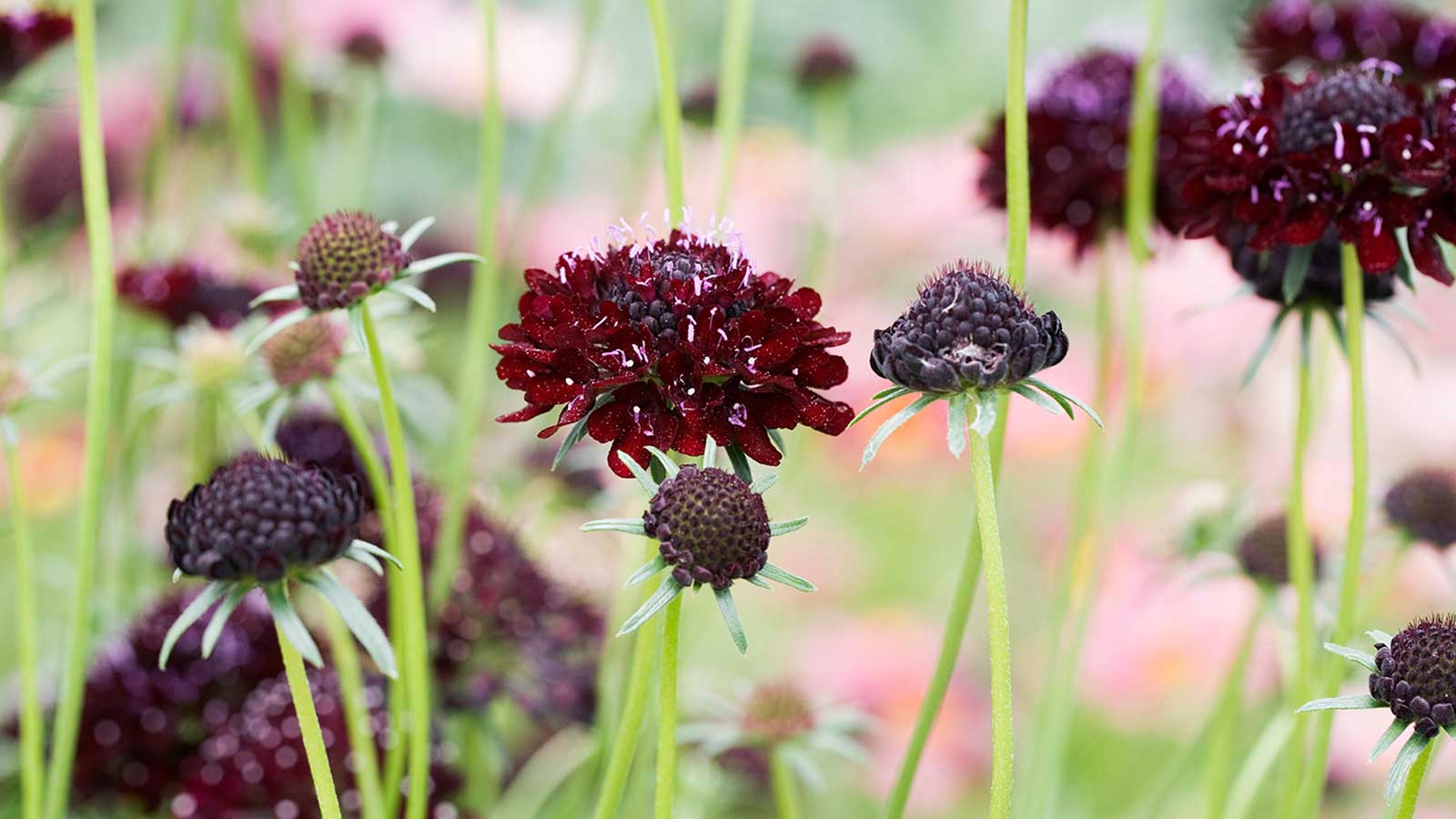

Fall presents a bounty of beautiful garden flowers, and it's wonderful to admire them within the landscape of fiery-hued foliage and moodier skies. But why not bring some of that seasonal magic indoors, too? Spending time snipping stems, then arranging them into an artful display, is certainly one of my favorite ways to decorate at this time of year – along with all the gorgeous gourds and pumpkins.
Choosing cutting garden flowers in a rich palette of terracotta, burgundy, and peach – with perhaps a touch of cream – will create a classic autumnal look for your display. Happily, there are lots of stunning options that fit the bill.
Of course, it's always worth checking your hardiness zone before choosing what to plant in your yard, as the suitability and care requirements can depend on it greatly. Below, you'll find advice for a range of climates, with tips from flower farmers.
US hardiness zones 1-6: northern states with cold winters
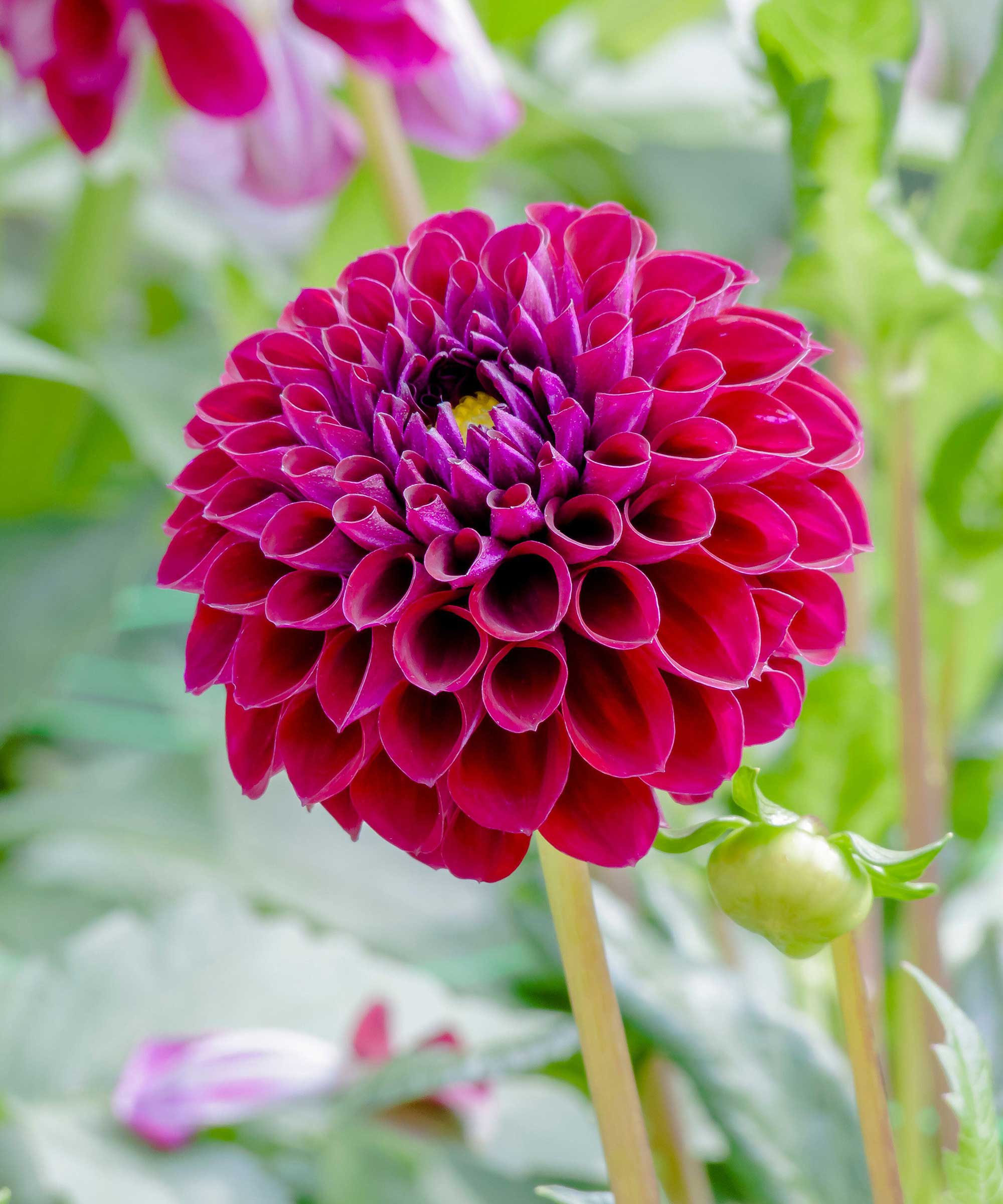
Dahlia 'Ivanetti'
For the coldest zones in this range (zones 1-2), the first frost date can hit as early as late August or September, which means many late-summer favorites will die back before fall really gets underway. The last frost date is often quite late in the year, too, so the window for flower growing is short.
If you're growing from seed, it's wise to choose fast-growing annuals and start sowings early indoors, so there's time to enjoy them before the weather turns. If you need more advice, we have a dedicated guide with ideas on what to grow in these trickier areas.
Slightly warmer places offer a little more flexibility for cutting garden endeavours. Dr. Liz Fiedler Mergen, owner of Sunny Mary Meadow in St. Joseph, Minnesota (Zone 4B), shares her favorite fall cutting garden plants below.
Scabiosa 'Dark Knight': Cooler climates don't have to miss out on the beauty of pincushion flowers, but it's best to treat them as annuals rather than perennials. Liz recommends the 'Dark Knight’ variety. 'Once they start in the summer, they keep going as long as you keep cutting them,' she says.
Design expertise in your inbox – from inspiring decorating ideas and beautiful celebrity homes to practical gardening advice and shopping round-ups.
'Their deep, moody color brings instant depth and contrast to arrangements, especially when mixed with lighter fall tones. I plant them in spring, and they don’t quit until frost.' You can shop for 'Dark Knight' seeds at Amazon – if you're sowing indoors, be sure to harden them off before transplanting.
Dahlia 'Ivanetti': 'I absolutely love ball-shaped dahlias like "Ivanetti",' says Liz. 'They have one of the longest vase lives of any dahlia variety, and their perfectly round shape works beautifully in both wholesale bouquets and intricate bridal designs. They’re upright, prolific bloomers, and their rich color complements nearly any fall palette.'
Don't forget to pinch out your dahlias for even more flower power. Remember, too, to overwinter your dahlia tubers properly in cooler hardiness zones, to protect them from frost. In warmer climes (8-11), you can keep these tender plants in the ground all year round rather than digging them up.
Amaranth 'Bronze Upright': '"Bronze Upright" amaranth is my go-to for statement pieces and arches in September and October,' Liz says. 'I succession plant it around the Fourth of July here in Minnesota, so it’s at its prime for fall events. The color and texture are truly unmatched. It’s one of those rare flowers that shines in the fall and doesn’t quite fit in with spring or summer designs.'

Dr. Liz Fiedler Mergen is a flower farmer, remarried widow, nurse practitioner, podcast host, and author whose work spans grief, rural entrepreneurship, agritourism, and financial preparedness. She is the founder of Sunny Mary Meadow, a sixth-generation farm in Central Minnesota that has grown from a roadside stand into a nationally recognized agritourism business with a floral studio, farm store, and event space.
US hardiness zones 7-8: mid-Atlantic, Pacific Northwest and some southern states
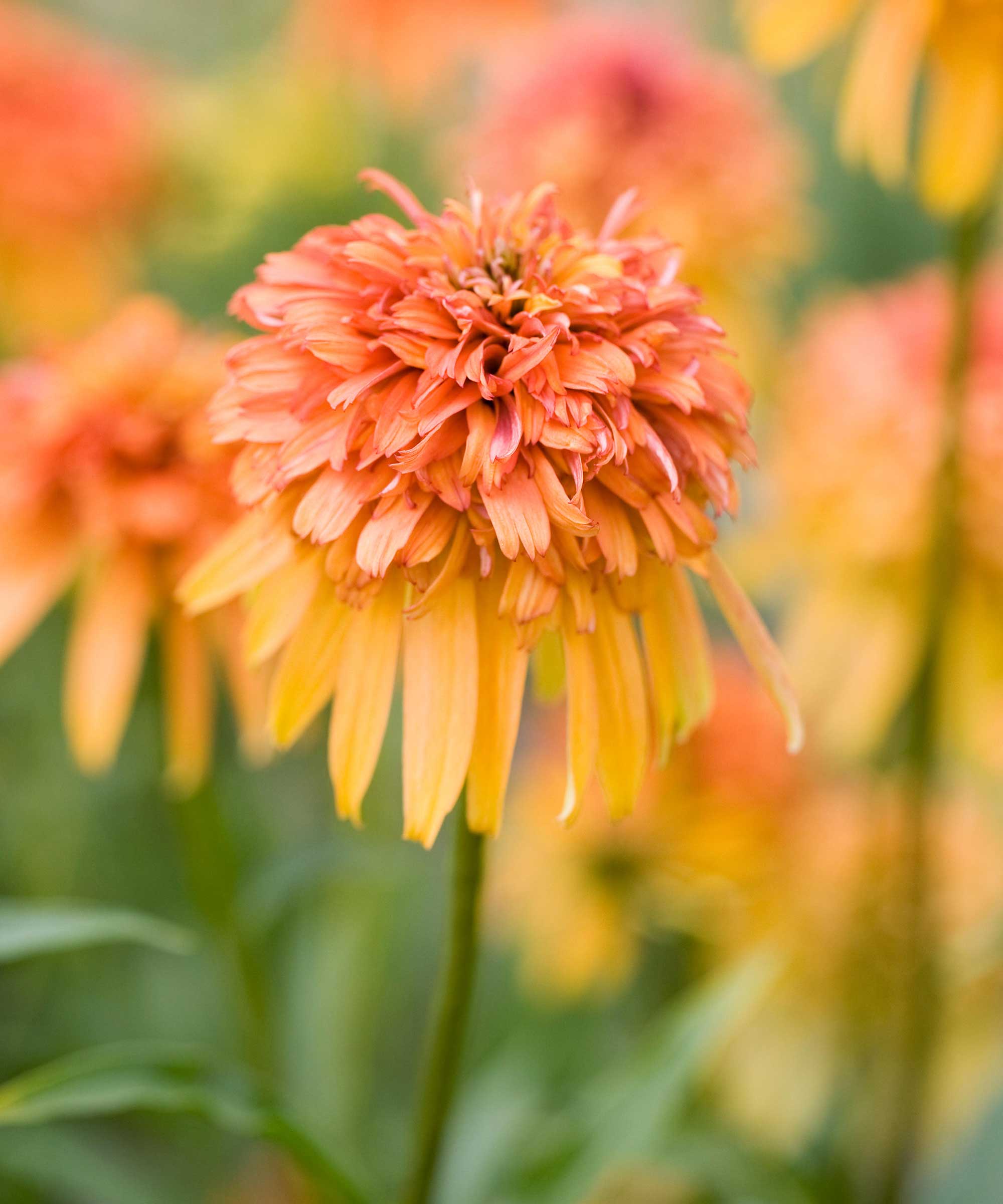
Echinacea 'Marmalade'
Lots of beautiful fall flowers will thrive in these milder hardiness zones, including many perennials that will bounce back the following year.
Chrysanthemum 'Pat Lehman': A classic fall flower for containers, chrysanthemums also make fantastic additions to the cutting bed. And, once picked, they last for ages in the vase. There are so many varieties available, but the gentle salmon-blush tones of semi-double 'Pat Lehman' make it a stand-out pick. Plant it in full sun and mulch to protect it from winter frosts.
Echinacea 'Marmalade': This fluffy, apricot cutting garden plant offers a striking alternative to the classic purple coneflower. Like chrysanthemums, plenty of sun will help it thrive. It's drought-tolerant once established, easy to look after, and as it's hardy in zones 5-9, it should bring its good looks to your patch year after year.
Zinnia 'Color Crackle': Zinnias are excellent annuals to grow from seed, and can flower up to the first frosts. 'Color Crackle', available from Burpee, is perhaps one of the best zinnia varieties – the duo-toned blooms in deep burgundy and white will bring a dramatic flourish to any bouquet. Bear in mind that there are some plants to avoid growing next to zinnias, as our guide explains.
US hardiness zones 9-11: Deep south, California and Florida
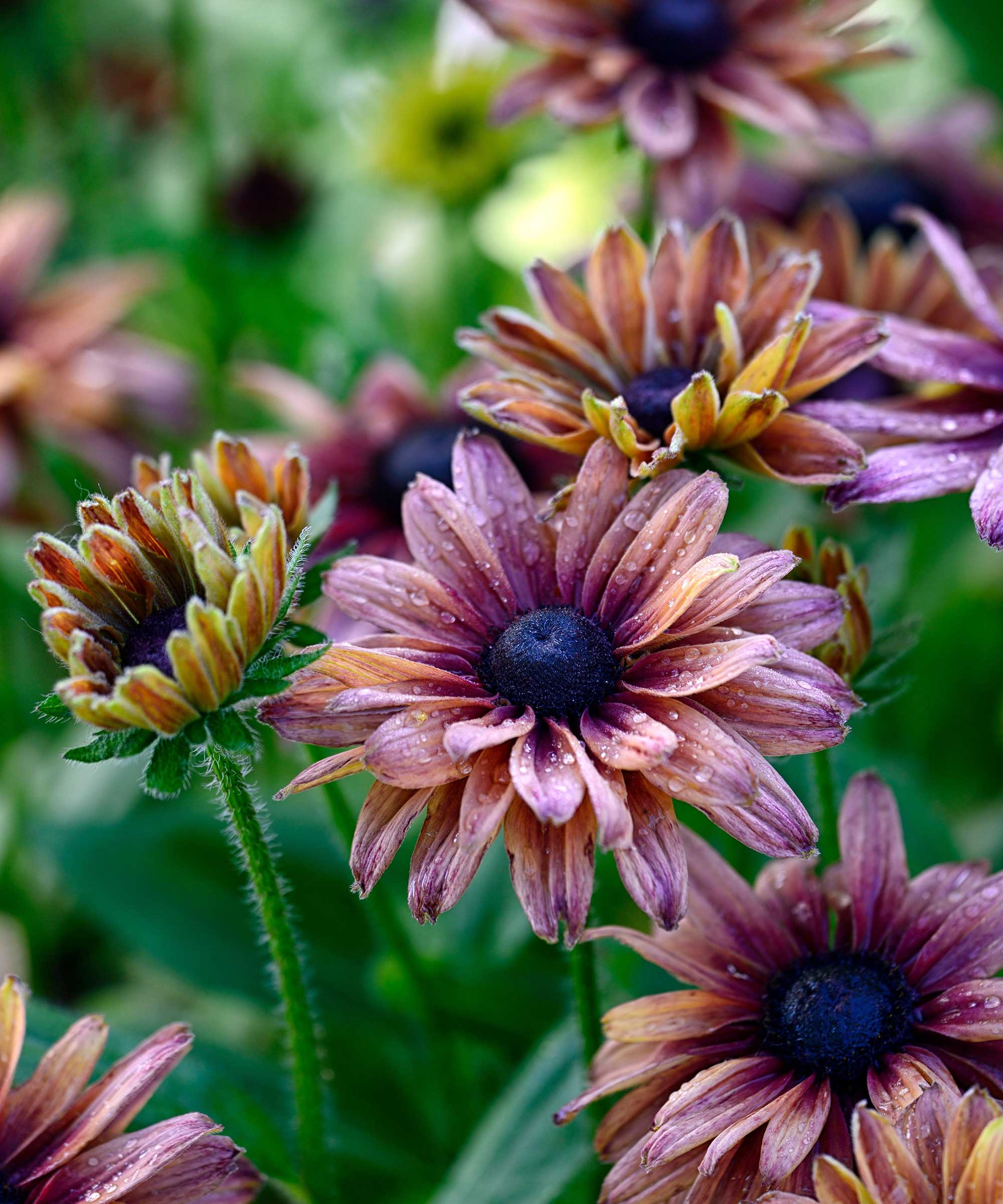
Rudbeckia 'Sahara'
Shelly Deaton is the co-founder of EarthSpoke Farms, a family flower farm on the Mendocino Coast. She recommends a selection of both perennials and annuals for the hotter regions.
Rose 'Lady of Shalott™': This David Austin rose, in a warm, orange tone, is a favorite of Shelly's, who highlights its fragrance and abundance of blooms. It will flower from spring and into the fall with proper deadheading and care, she adds. An English shrub variety, it will grow up to 5ft tall. 'For focal flowers, roses and dahlias will steal the show,' Shelly says. 'Their full dramatic blooms will be the star of your arrangements.'
Sunflower 'ProCut White Nite': 'Although sunflowers are often thought as a summer flower, at EarthSpoke Farms we always start our sunflower seeds in July so that they are blooming right in time for our fall pumpkin patch,' Shelly says. She recommends 'ProCut White Nite' for a unique and unexpected type to grow. As its name suggests, its petals are a pale, creamy hue, and the centers are deep brown. 'ProCut White Nite' seeds are available from Amazon.
Rudbeckia 'Sahara': These flowers offer a warm autumnal color palette that is a perfect addition to the fall cutting garden, Shelly notes, adding that their strong sturdy stems last well in the vase. Mulching and deadheading rudbeckias will help them thrive, as will planting them in a sunny spot.
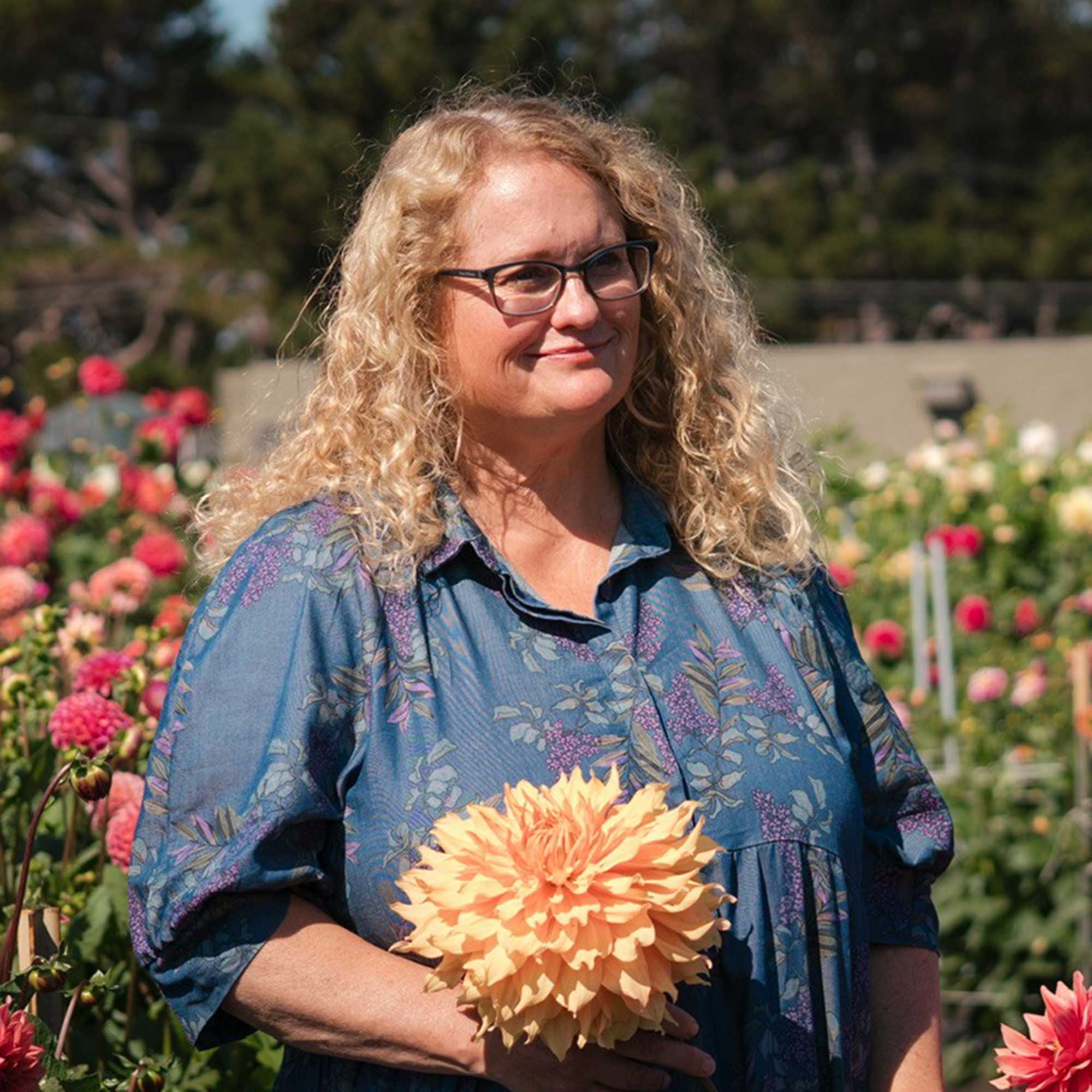
Shelly Deaton is the co-founder and creative force behind EarthSpoke Farms, a family flower farm on the Mendocino Coast known for its radiant dahlias and thoughtful growing practices. She personally selects each cultivar, from beloved heirlooms to rare new varieties, curating seasonal fields that overflow with color and wonder. When she isn’t in the garden tending blooms or helping customers, Shelly can often be found arranging whimsical bouquets for the farm’s roadside stand, or simply for the joy of it.
FAQs
What else can you add to your fall flower arrangements?
Many plants have vibrant fall foliage or berries, making them a welcome backdrop to floral arrangements. Grasses and seed pods can also add interesting texture and form. A wander through your backyard may provide some inspiration and opportunities to forage.
Can you grow cut flowers in containers?
Yes – although as space is limited, it's unlikely you'll be collecting armfuls of seasonal flowers (especially if you want to leave some in your garden to enjoy). Go for cut-and-come-again varieties, be sure to provide plenty of water (as pots dry out quickly), and consider picking just a few select stems to display in bud vases rather than planning to create statement bouquets.
If you're looking for more floral advice, we have plenty of tips and inspiration. For instance, our guide on how to arrange flowers like a professional will have you creating stunning bouquets in just a few simple steps, while our tips on how often to change water in a vase will help your blooms stay fresher for longer. And, if you're not growing your own cut flowers, you don't have to miss out on the fun – many flower farms offer the opportunity to pick your own bouquet.
Shop fall cutting garden accessories

A well-rated pair of snips with a carbon steel blade, that are ideal for carefully cutting flowers from your plants.

Simply add water and pop in your picked blooms until you're ready to arrange them, to prevent them from wilting.
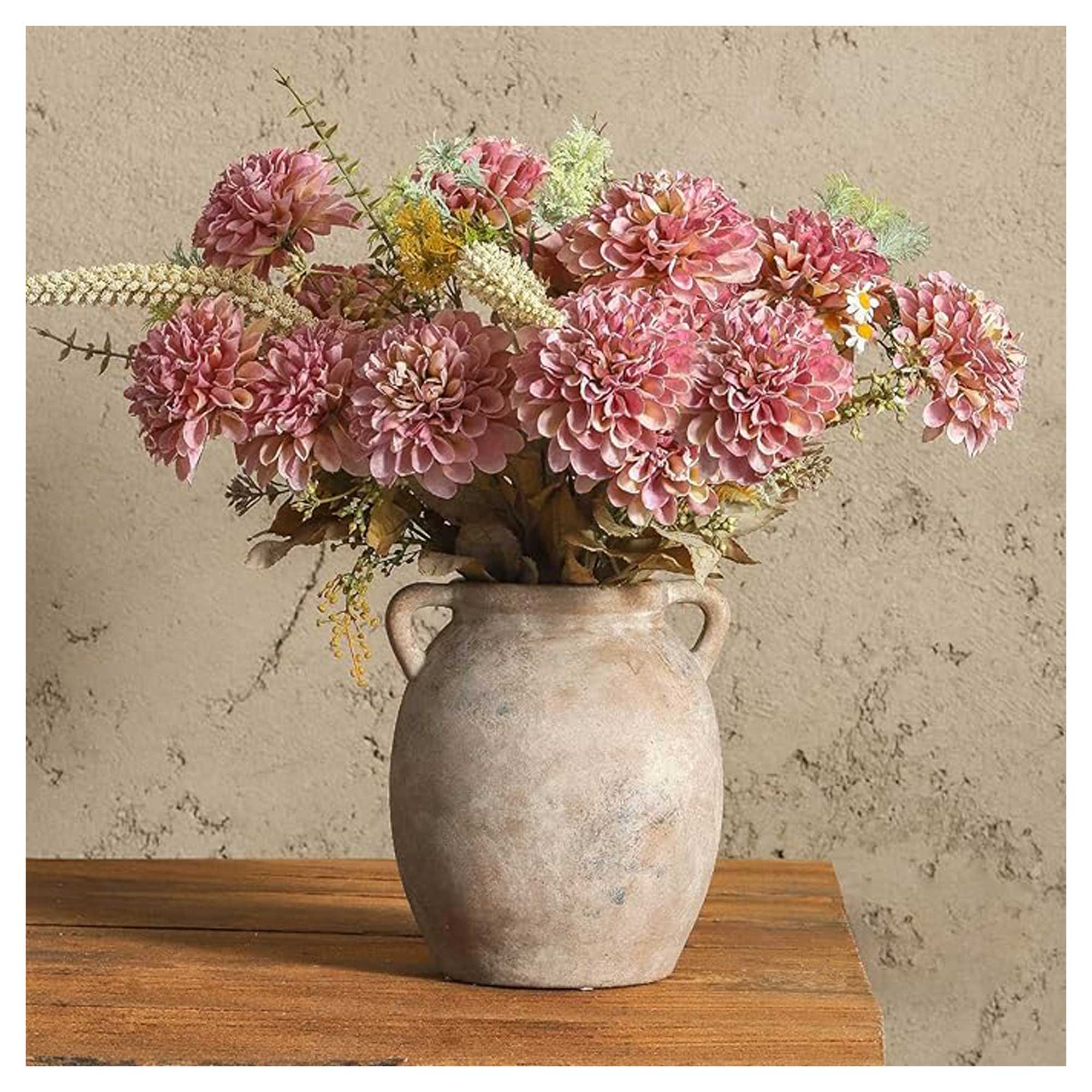
This vase will offset your autumnal display beautifully, with different colorways to choose from.
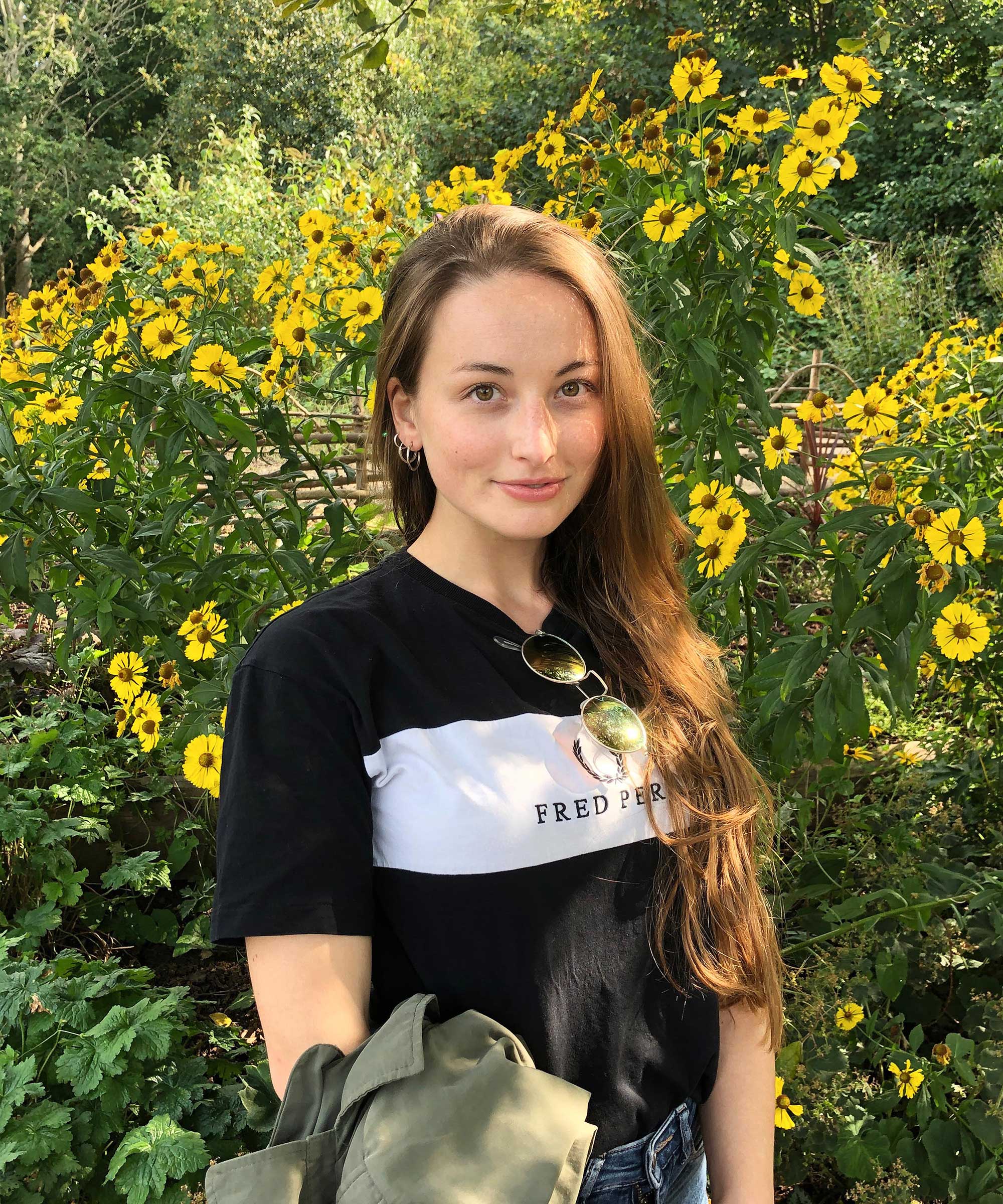
Holly started writing about gardening five years ago, and she is a regular contributor to Homes & Gardens. She has also written many gardening features for Woman & Home and Real Homes, too. She has previous experience as a professional gardener, where she helped to plant and maintain private gardens. Holly has also looked after allotment plots over the years and loves to grow her own flowers and veggies from seed. In her spare time, she enjoys visiting local gardens, botanical drawing, and tending to her ever-growing collection of houseplants.